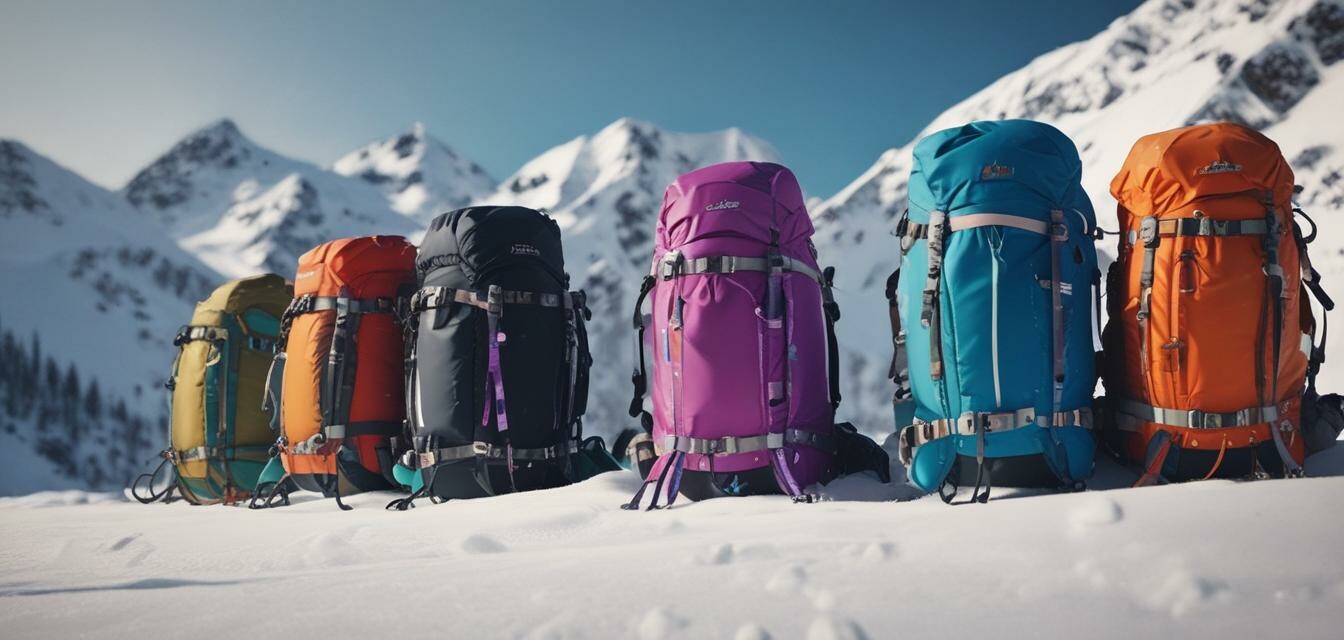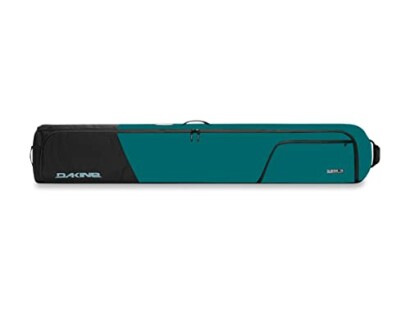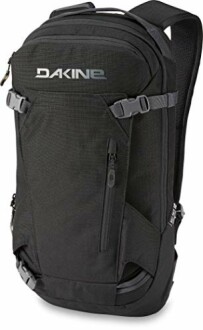
The Ultimate Guide to Choosing a Ski Backpack
Key Takeaways
- Consider the fit and comfort of the backpack.
- Evaluate storage options based on your gear needs.
- Look for ease of use features like hydration sleeves and tools compartments.
- Durability and weather-resistance are crucial for winter sports.
- Weight considerations can greatly affect usability on long outings.
When hitting the slopes, having a reliable ski backpack can make your adventure much more enjoyable. Whether you're a seasoned pro or a beginner, choosing the right ski backpack involves considering various factors like fit, storage, and ease of use. This ultimate guide will help you navigate the different options available to ensure you have the best backpack for your winter sports endeavors.
What to Look for in a Ski Backpack
Selecting a ski backpack may seem straightforward, but there are specific features to consider to ensure you make an informed choice. Below, we will cover the most crucial attributes to keep in mind.
1. Fit and Comfort
A well-fitted backpack will enhance your skiing experience. Look for adjustable straps that ensure a snug fit, and consider the weight distribution of the backpack when loaded with your gear.
- Adjustable shoulder straps for individual comfort.
- Waist straps to help distribute the weight and relieve shoulder strain.
- A padded back for comfort during long days on the slopes.
2. Storage Capacity
The amount of storage space you need in your backpack will depend on how much gear you plan to take. Ski backpacks come in various sizes; it’s essential to choose one that fits your needs.
| Backpack Size | Recommended Use |
|---|---|
| 12-20 Liters | Ideal for day trips; holds essentials like water, snacks, and tools. |
| 20-30 Liters | Good for longer outings; fits extra layers and larger gear. |
| 30+ Liters | Suitable for multi-day trips; allows ample storage for clothing and equipment. |
3. Ease of Use
Features that enhance ease of access and usability can greatly improve your experience. Look for the following:
- Hydration sleeve or compartment for easy access to water.
- Tool compartments for quick access to your gear.
- External pockets for storing frequently used items.
4. Durability
Your backpack should withstand harsh weather and rugged conditions. Look for materials that offer durability and water resistance.
- 100% recycled polyester is an eco-friendly choice and often durable.
- Reinforced seams to prevent wear and tear.
- Water-resistant zippers and fabric to protect gear from snow and moisture.
5. Weight Considerations
Weights of ski backpacks can vary significantly. A lightweight backpack is ideal for backcountry skiing, while a heavier pack may offer more durability.
Product Recommendations
Here are a couple of top picks for ski backpacks that embody the features discussed!
Dakine Tour Snowboard Bag
This snowboard bag is crafted from 100% recycled polyester, providing excellent protection for your gear while remaining lightweight. Its padded design keeps your board, boots, and extras secure when traveling.
Learn MoreDakine Heli Backpack 12L - Black
Designed for the mountain minimalist, this 12-liter backpack is functional, lightweight, and includes all the necessary compartments for your snow tools. Perfect for a day in the backcountry.
Learn MoreAdditional Resources
For more detailed information about backpacks and their uses, consider exploring our other guides:
Pros
- Multiple options for storage and compartmentalization.
- Lightweight designs reduce unnecessary strain.
- Durable materials ensure long-lasting use.
Cons
- Can be expensive depending on the brand.
- Not all backpacks are weatherproof.
Conclusion
Choosing the right ski backpack means considering your personal needs and preferences, from fit to functionality. By keeping in mind the essential features outlined in this guide, you can confidently select the perfect backpack to accompany you on your winter adventures. Remember, the right gear makes all the difference when it comes to enjoying your time in the snow!

